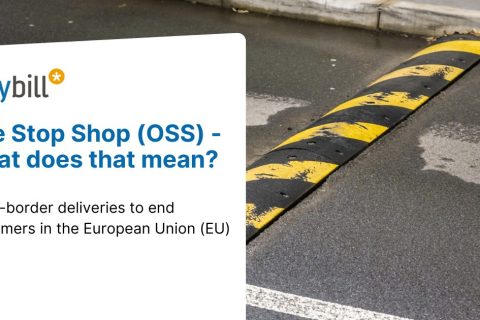
*Guest article: Dominik Larcher, MOSS
Business trips play an important role in many companies and are now often part of many employees’ everyday working lives. However, especially those employees who are often on business trips know that this involves a great deal of effort. On the one hand, it requires precise planning in advance and, on the other hand, it involves a lot of work, especially when it comes to invoicing and processing afterwards. However, the use of virtual credit cards can help to simplify this process.
This is an ordinary credit card that has a credit card number, verification number, expiration date and an assigned owner, but not in physical form. They can also be used for one-off payments or for recurring invoices. But they can also be used for business trips! This article summarizes how virtual credit cards simplify the billing of a business trip and what other advantages are associated with their use.
Better overview of all expenses
A virtual credit card is also linked to the corresponding expense management software. These are provided by a respective provider, such as Moss, and the software can be used to create additional virtual credit cards with just a few clicks. The tool also provides access to real-time data. This allows you to immediately enter all the exact information for each booking made, such as
- Date of the transaction,
- responsible person,
- payment amount and
- reason for the debit,
and thus obtain an improved overview of all expenses. This clear structure and listing benefits both the business traveler and the finance team in the final settlement!
Prepayment no longer necessary
Another rather tedious aspect, which is no longer necessary thanks to the use of virtual credit cards and therefore makes billing easier, is the expense report. A specific budget can be allocated to a virtual credit card before the start of the trip. All expenses incurred can be paid with it, which means that business travelers no longer have to pay in advance. If the set budget is not sufficient for various reasons, the authorized admin can adjust the budget in no time at all.
Increased security thanks to virtual credit cards
Since a virtual credit card is not tangible, many users have less trust in this means of payment than in physical cards. What most people are not aware of, however, is the increased account security that comes with the use of virtual credit cards. On the one hand, depending on the settings, it is possible to request two-factor authentication for each payment transaction and, on the other hand, all data is stored in the cloud and is protected against theft compared to physical cards. The latter is a great advantage, especially on business trips!
No budget overruns
Similarly, it has often been the case that budgets have been exceeded when accounting for business trips in the past. These three reasons in particular can often be the cause:
- Miscalculation in budget planning
- Lack of overview of payments already made
- No clear separation between private and business expenses
However, virtual credit cards allow you to adjust money limits in a matter of seconds, you can view your remaining budget at any time and you now have your own means of payment for both private and business expenses.
High transparency and time savings in billing
As previously mentioned, virtual credit cards require corresponding software for administration. However, this in turn can be linked to existing financial software solutions, resulting in seamless data transfer. This gives the finance team unrestricted access to all relevant information, which in turn results in an extremely high level of financial transparency as well as resource savings, such as work and time, as all data is already available in a structured form and no longer needs to be collected. It is also much easier to create reports based on this data, which are very relevant for future business trips, budget planning and so on.
The advantages of virtual credit cards on business trips summarized:
In the end, virtual credit cards work just like physical credit cards, but offer many advantages and simplifications, especially when it comes to travel expense accounting. For example, the risk of data and card theft is eliminated and security is increased thanks to two-factor authentication. As virtual credit cards have a fixed limit, there are no more budget overruns and employees have their own means of payment, which means they no longer have to pay in advance and the long reimbursement process is no longer necessary.
Another big plus point is the access to real-time data provided by the software that comes with the integration of virtual credit cards. Not only does this provide a much better and more up-to-date overview of transactions made, but the software can usually also be connected to existing financial programs, allowing the finance team to work directly with the integrated data. As a result, this leads to increased transparency as well as labor and time savings.
Dominik Larcher, MOSS
Read also:
Price increases and other annoyances – switching made easy
6 practical tips for switching to standard taxation
Employee / Manage accounts




